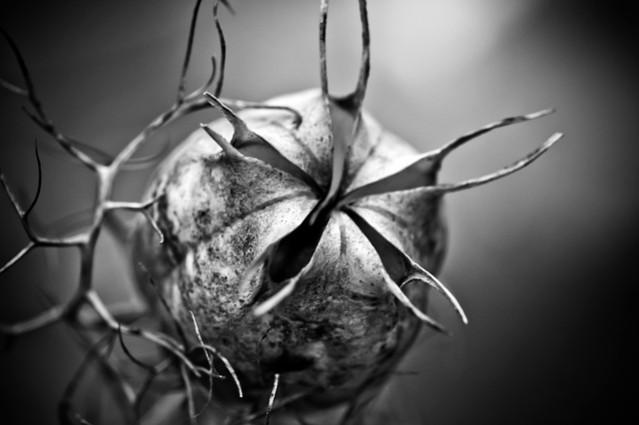
Scientists have stumbled upon a weird-looking, almost-transparent leafless plant 150 years after it was discovered. The alien-looking plant, Thismia neptunis, grows underground in Malaysia and pops out to flower only for a few weeks every year.
The flora belongs to the group of plants known as myco-heterotrophic, which derives its nutrients from fungi. Myco-heterotrophy is a form of a symbiotic relationship between certain plants and fungi where the plants act as parasites and derive nutrition from the host fungi.
These plants are myco-heterotrophic mainly because they are partly or entirely non-photosynthetic, which renders them incapable of making their own nutrition by the process of photosynthesis, as most plants do.
Thismia neptunis was first spotted in 1866. An Italian botanist named Odoardo Beccari came across its bizarre-looking flowers in western Sarawak, Malaysia.
A group of researchers from the Czech Republic came across this plant again only in 2017, while they were exploring the same area, reported Science Alert.
The new research has been published in a journal called Phytotaxa.
Researchers were baffled by the flower of Thismia neptunis and how accurate the drawings from 1866 were.
The flowers, which have been described as "alien-looking" by Science Alert, bloom only for a few weeks each year, and do not look like anything close to a flower.
Rather, they have a pitcher kind of shape. The body appears somewhat see-through with small spikes on them and the color inside is orange.
The flowering part, which is only about 9 centimeters (3.5 inches) tall, also has antennae like outgrowths.
Researchers believe the plant manages to stay out of notice because only this tiny structure comes out of the soil.
"Its inconspicuous appearance may potentially contribute to our limited knowledge of its distribution as it may be easily overlooked in the field," the researchers wrote in the journal.
"To our knowledge, it is only the second finding of the species in total. We, therefore, provide its amended description, inclusive internal characters, and very first photographic documentation of this iconic and, due to its peculiar appearance and also the name, almost mythical plant," they added.
Scientists appear to be little confused about the conservation status of the plant. Due to the fact that not much is known about Thismia neptunis, including its distribution and population, researchers have been unable to categorize it.
However, from what they have found out so far, the scientists believe that this plant grows in lowland rainforests. Unfortunately, they figured out the Thismia neptunis population is bleak as such a habitat has seen a significant reduction in Sarawak in the last few decades.
The plant is likely to fall under the critically endangered species of the International Union for Conservation of Nature (IUCN) Red List.
Check out the video here:









